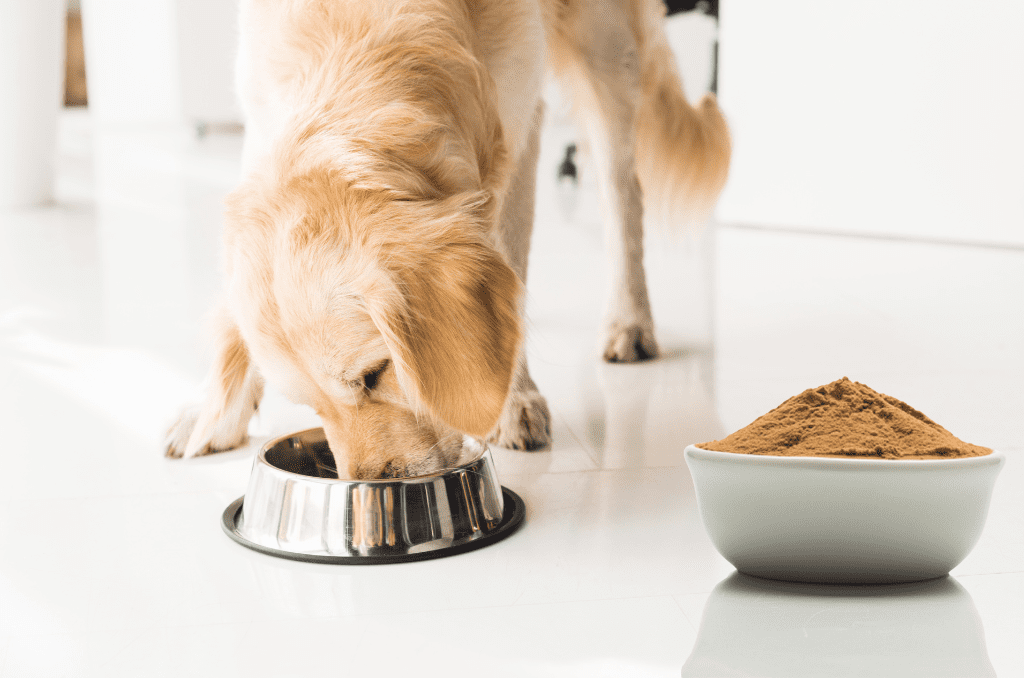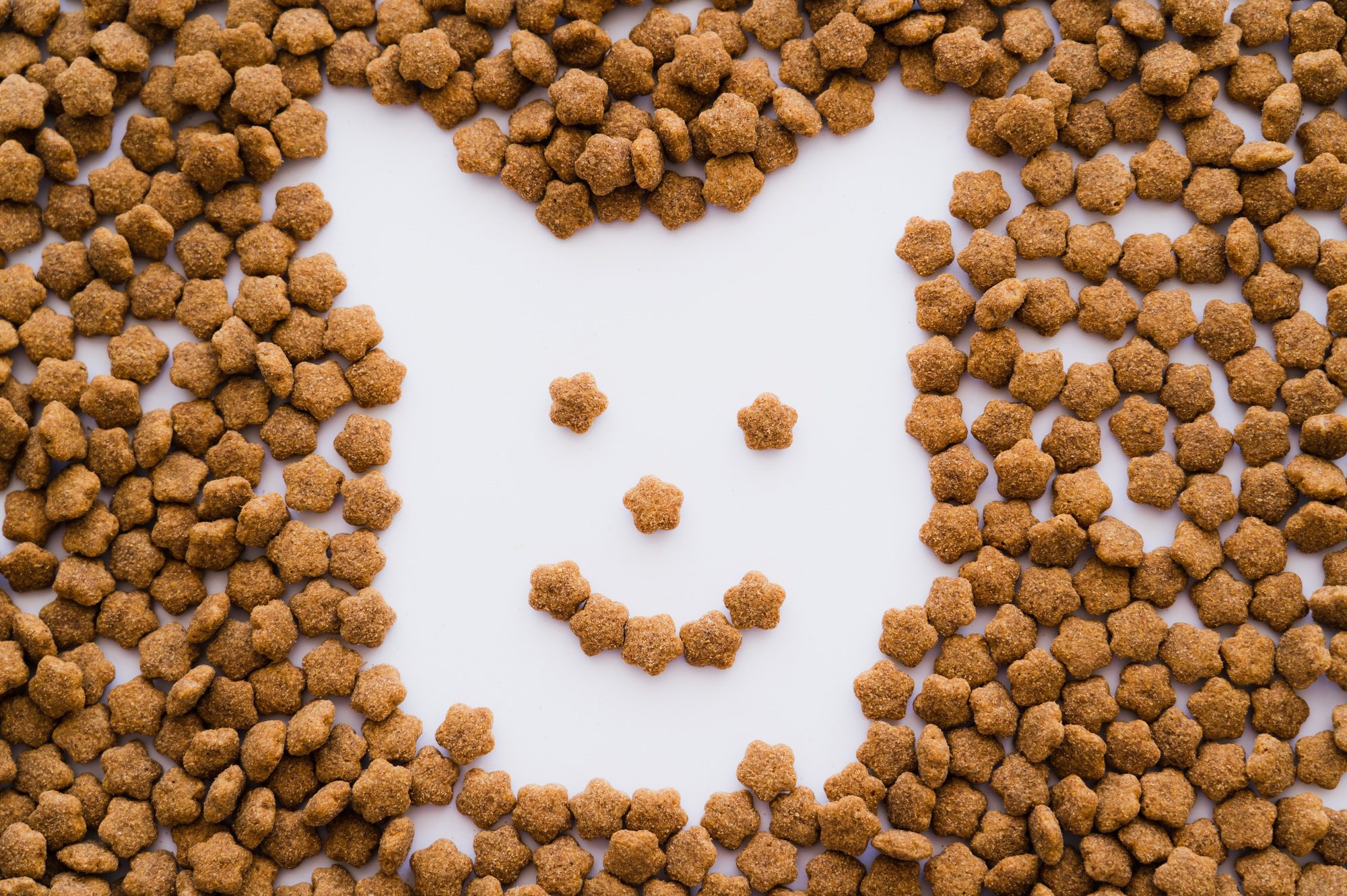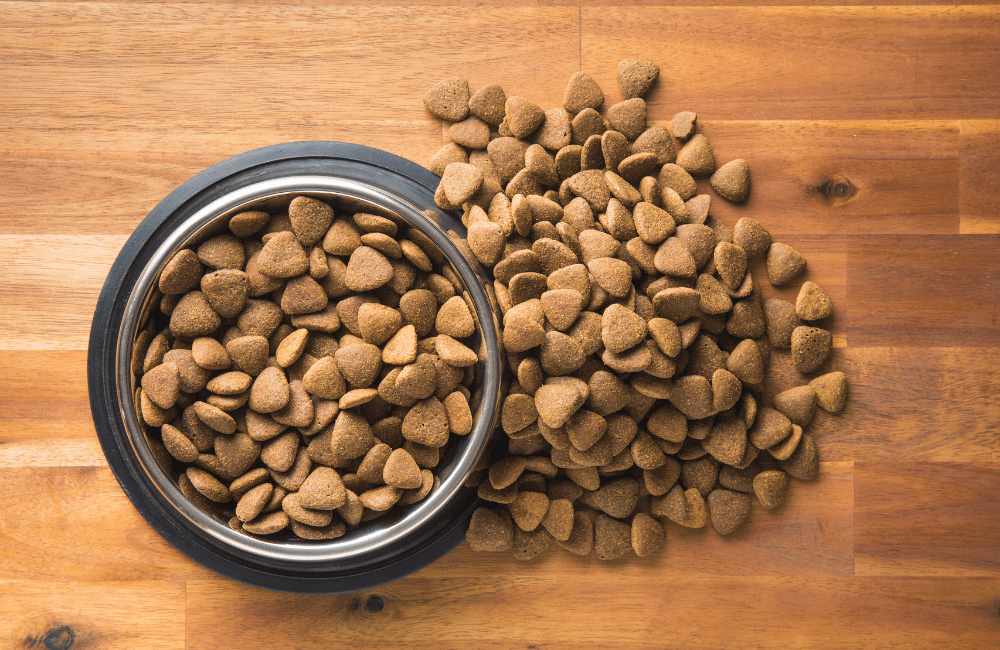Fatty Acids in Pet Nutrition
Keywords: pet nutrition, fatty acids, essential fatty acids, omega-6, omega-3, supplementation, allergies, immune system, inflammation, skin health, coat health, heart health, cancer prevention
Essential Fatty Acids
Fatty acids that animals cannot synthesize on their own and must obtain through diet are called essential fatty acids. Non-essential fatty acids can be synthesized within the bodies of dogs and cats, and thus do not need to be provided in their diets. Fatty acids in food are easily degraded, and excessive heating can destroy them. Improper storage methods or inadequate antioxidants in dry ingredients can also lead to rancidity and loss of biological effectiveness of fatty acids, resulting in insufficient intake.
Dogs require one essential fatty acid traditionally known as linoleic acid, while cats need two – linoleic acid and arachidonic acid. Due to their molecular structures, both linoleic acid and arachidonic acid are classified as “omega-6” fatty acids. These fatty acids were initially found in grains and animal liver and are appropriately added to high-quality pet feeds.

Omega-6 fatty acids include: linoleic acid (LA), gamma-linolenic acid (GLA), dihomo-gamma-linolenic acid (DGLA), and arachidonic acid (AA). LA can be converted to GLA but not on the skin. DGLA can be converted from GLA on the skin. LA is crucial as it optimizes the permeability of water on the skin.
The functions of omega-6 fatty acids include: regulating tissue blood circulation, aiding blood clotting after injuries, supporting normal reproductive function, enhancing the immune system’s response to injuries and infections, and maintaining healthy skin and fur.
Another important category of fatty acids is Omega-3, including: alpha-linolenic acid (ALA), eicosapentaenoic acid (EPA), and docosahexaenoic acid (DHA). ALA can be converted to EPA, although this conversion doesn’t occur on the skin. Omega-3 fatty acids function in treating severe inflammation related to certain skin functional disorders, maintaining normal nervous system development and visual sensitivity, and helping reduce the impact of lymphoma.
Due to their structural similarities, omega-6 and omega-3 compete for the same biochemical enzymes that convert these fatty acids into their respective metabolites. These metabolites act as cellular signals in immune function, blood clotting, inflammation, and other biological processes. Although similar, their respective metabolites differ in intensity, with cellular signals from omega-6 generally being stronger than those from omega-3.
EPA, HPA, and DGLA reduce the harmful effects of AA. AA and EPA can bind to cell membranes. When cells are damaged, AA is released from cell membranes and undergoes metabolic changes through enzymes to produce substances that enhance inflammation and itching. EPA can reduce inflammation as well when cells are damaged. HPA and EPA have similar reactions, thus HPA and EPA can reduce the harmful effects of AA, and DGLA competes with AA for enzymes.
Sources of Essential Fatty Acids
Fats contain fatty acids, but their quantities vary significantly. For instance, beef has a low fatty acid content, while sunflower seed oil and fish oil have high levels. Various amounts of essential fatty acids are found in certain plant oils and (cold-water) fish. Marine oil is a good source of EPA and DPA, while other fatty acids are abundant in plants and grains.
In most pet foods, omega-6 fatty acids are present in larger quantities than omega-3. Feeding livestock and poultry high levels of omega-3 fatty acids has been shown to increase the content of omega-3 fatty acids in meat and eggs. Consuming such products in the future will help optimize the ratio of omega-6 to omega-3 in diets. Current research suggests the optimal ratio of consumed omega-6 to omega-3 fatty acids is about 15:1, with recommended ratios ranging from 10:1 to 5:1. Some pet food manufacturers add omega-3 fatty acids to lower the omega-6 to omega-3 ratio. However, the concentration of EPA in omega-3 is the most critical factor.
When Do Pets Need Fatty Acid Supplements?
3.1 Allergies and Autoimmune Issues
Allergies and autoimmune reactions occur due to an excessive immune system response. Certain fatty acids can alleviate the harmful effects of these conditions.
3.2 Other Inflammatory Conditions
Diseases closely related to inflammation, such as ulcerative colitis, enteritis, and rheumatoid arthritis, can respond to the anti-inflammatory effects of certain fatty acids.
3.3 Dry and Rough Skin and Coat
Pets with rough, dry, and brittle fur often require additional fatty acids, especially LA. In cases of seborrheic dermatitis, the skin lacks LA. Adding high levels of LA, EPA, and GLA can be beneficial in such cases, as they help break down the release of AA from cells.
3.4 Prevention of Hereditary Allergies
Fatty acids can prevent the development of specific reactions (allergies) in young animals triggered by pollen, particles, etc., and reduce the likelihood of hereditary allergies in offspring.
3.5 Eye Problems
Aside from their impact on the immune system, omega-3 fatty acids are essential for the retina and visual cortex.
3.6 Heart Issues
Evidence suggests that omega-3 fatty acids can prevent heart problems. By adding fatty acids, irregular heart rates and high blood pressure in dogs have been mitigated. Fatty acids’ anticoagulant effect on platelets is effective in preventing blood clots.
3.7 Cancer
Omega-3 has shown potential in inhibiting the development and spread of certain cancers. Animals undergoing treatment for hereditary allergies should be supplemented with substantial amounts of EPA, HPA, DGLA, and vitamin E. Animals with seborrheic dermatitis and keratinization disorders benefit from high LA supplementation. Unsaturated fatty acids in fatty acid supplements also increase the need for antioxidants, so the addition of vitamin E is recommended.

Do Fatty Acids Have Negative Effects?
Fatty acids are generally safe and have minimal risks. The most serious but rare adverse effect is pancreatitis, which can cause pain, diarrhea, vomiting, and dehydration due to the increased caloric content of unsaturated fatty acids. If pets consume large doses of fatty acids, lower-calorie diets in feed are recommended to prevent illness and avoid weight gain. Some pets might experience diarrhea when first introduced to fatty acids; starting at lower levels and gradually increasing the dose can help alleviate this. The long-term or high-dose negative effects of fatty acids have not been definitively established.
Fatty acids have shown importance in the health of skin, fur, and other bodily systems. Different fatty acids have varying effects, so the choice of supplements should be based on achieving therapeutic effects.













